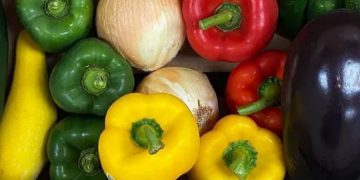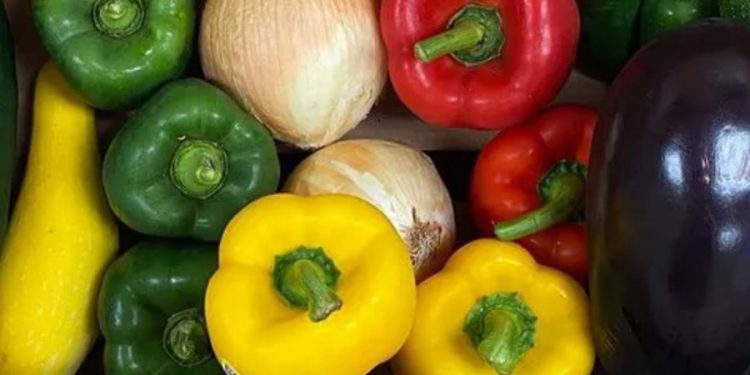Challenging Weather Conditions Impact Crop Yields and Market Prices
The East Coast is facing significant challenges due to extreme weather conditions, affecting vegetable production and market dynamics. As the West Coast grapples with a heat wave, the East Coast is also contending with high temperatures and erratic moisture levels, causing distress among farmers and impacting crop yields.
Neil Mazal of East Coast Farms & Vegetables highlights the adverse effects of the heat wave on vegetable markets. “The hot temperatures have definitely impacted markets,” Mazal states. “Georgia and South Carolina have been impacted by excessive heat, pushing a quicker end to some of the crops than would be normal.”
Impact on Pepper Production
The heat has particularly affected pepper production. In southern growing regions, green pepper production is largely finished, and growers are left with mixed red peppers or suntan peppers due to the heat and dry weather accelerating plant stress and maturity. This has led to issues such as fruit and bloom drop earlier in the season and currently results in softer, shriveled peppers.
Moisture Extremes and Their Effects
While North Florida and Georgia have experienced drier-than-normal conditions, other areas like South Florida have faced unusual amounts of rain, leading to flooding in regions such as Fort Lauderdale and Miami. These diverse weather conditions create significant challenges for open-field production. Some areas suffer from excess water, while others are too dry, exacerbating the impact of high temperatures on crops.
Market Reactions and Price Increases
These weather challenges have contributed to a stronger pepper market, with prices in the $20s—higher than usual for this time of year. The red pepper market, in particular, has seen quotes landing in the $40 FOB range. The hot temperatures have driven these market dynamics by impacting production volume and quality.
As pepper production in Georgia and South Carolina concludes and shifts northward, regions like Michigan, New Jersey, and Tennessee are not yet producing enough due to weather conditions. Cooler evening temperatures in the Northeast have delayed production, creating a gap between these and the Southeast regions.
Transportation and Market Dynamics
Transportation issues, particularly around holiday weeks such as the 4th of July, have also impacted markets. The need for stores to stock products by Monday means the pepper market in New Jersey, for instance, saw higher auction prices as they filled in for shortages caused by the heat wave.
Effects on Other Commodities
The heat has also impacted other vegetables like squash, with the market price dropping from $16-$18 FOB to around $5 due to oversupply driven by accelerated production. Corn prices backtracked instead of elevating for the 4th of July, while watermelon prices remained high due to a lack of rain and heat, making premier sizes scarce and boosting the market.
Rising Costs and Future Considerations
Mazal emphasizes the increasing costs of outdoor vegetable production. “The industry’s not doing a good enough job of getting information to the public because outdoor growing costs are rising for farmers,” he says. The cost of irrigation, especially drip irrigation, is increasing due to higher evaporation rates caused by hotter and drier weather. Drip irrigation, while more effective, is also more expensive to install compared to traditional methods like trench irrigation.
Conclusion
The current weather conditions on the East Coast are creating substantial challenges for vegetable production, impacting crop yields and market prices. Farmers, agronomists, and industry stakeholders must adapt to these changes and consider more efficient but costly irrigation methods to sustain production. Effective communication and strategic planning are essential to navigate these challenging times and ensure the stability of the vegetable market.


































